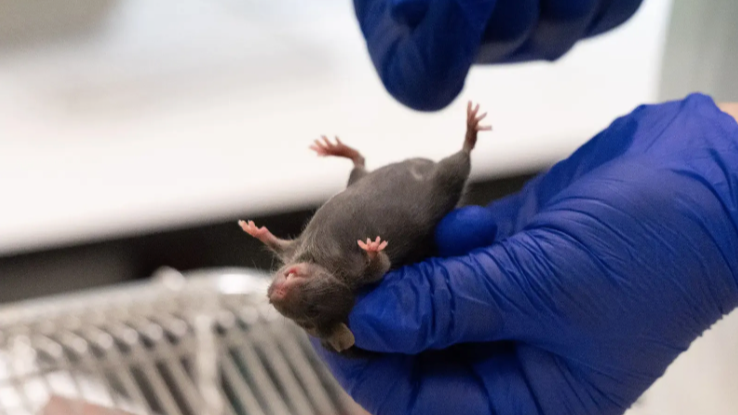First atlas of lifetime supply of eggs in primate ovaries
- Helena Pinheiro
- Sep 1
- 1 min read
Updated: Sep 11

US researchers have mapped the formation of the lifetime supply of eggs in a study using monkeys, which could inform the study of ovarian diseases and advance treatments for infertility and hormonal disorders.
Women are born with their lifetime supply of eggs, called the ovarian reserve, which is crucial for reproduction and for hormone production. Since the ovarian reserve is formed before birth, it is extremely difficult to study.
Scientists from the University of California, Los Angeles, in collaboration with other US institutions, used sequencing and imaging techniques to map the development of the ovarian reserve in monkeys, from embryos to after birth. The study, published in Nature Communications, used Rhesus macaques, which share 93% of genes with humans and have similar stages of egg reserve formation.
The researchers tracked the morphological, cellular and genetic steps from the formation of the ovaries to the development of ovarian follicles, which are protective sacs that develop around the eggs to support their survival.
“We now have a manual that could help scientists create more accurate human ovarian models to better study ovarian disease and dysfunction,” said senior author Amander Clark, adding: “This project demonstrates the value of basic research (...). We’re advancing knowledge about an understudied organ to create tools that could meaningfully improve the health of women and girls everywhere.”



